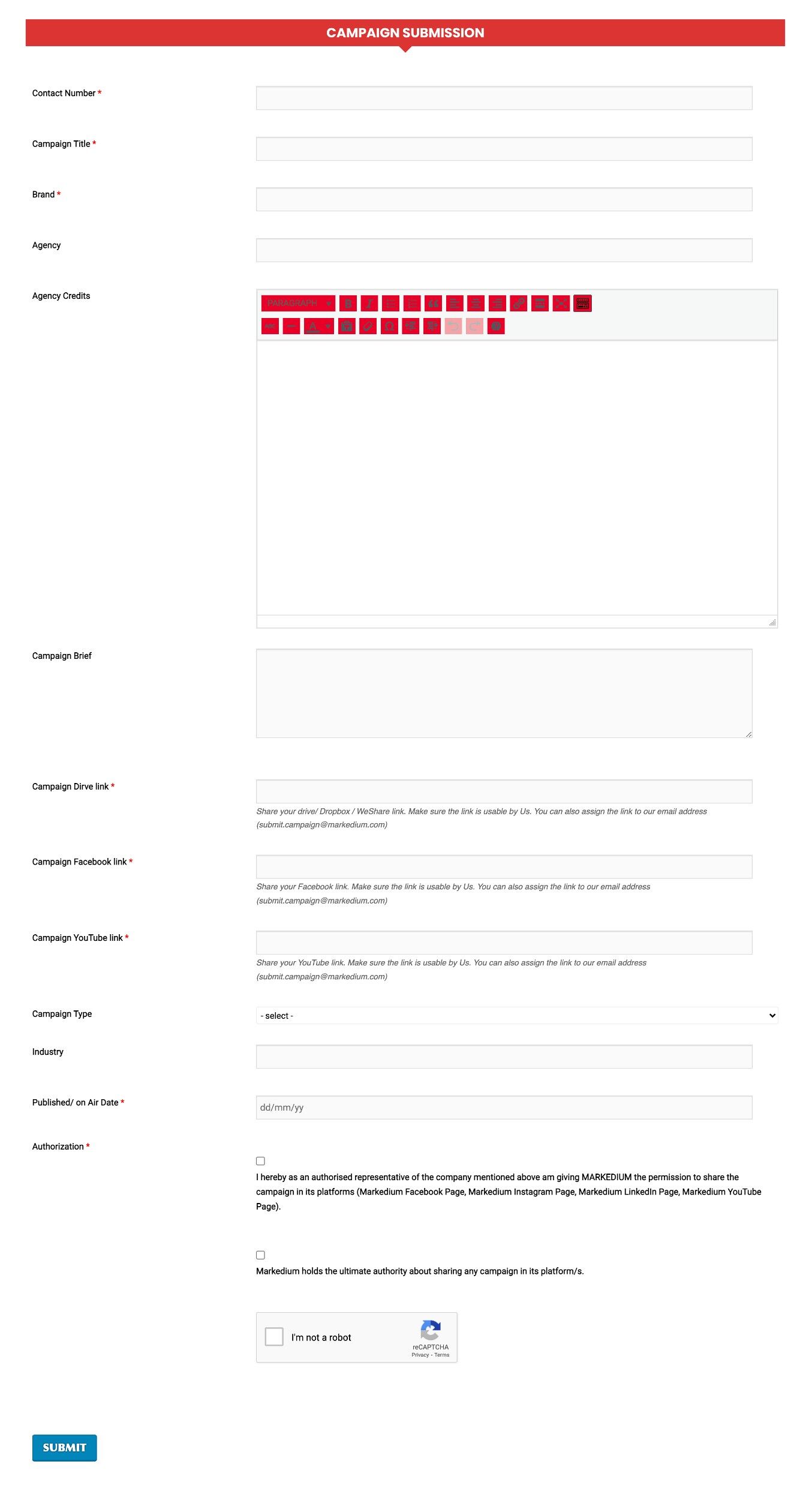
Fitch’s Negative Outlook on Bangladesh:
Economic Challenges Ahead3 min read
Bangladesh, a country with a rich cultural heritage and a burgeoning economy, is facing a pivotal moment as Fitch Ratings revises its outlook from “stable” to “negative.” This shift, while maintaining an investment-grade rating, signals concerns about the nation’s economic stability and its ability to fulfill foreign-currency debt obligations in the future.
The long-term foreign-currency Issuer Default Rating (IDR) remains at ‘BB-‘, the negative outlook underscores challenges that merit attention. This shift is not isolated; earlier this year, Moody’s Investors Service also downgraded Bangladesh’s long-term ratings. When multiple credit rating agencies express concerns, it raises significant questions about the nation’s economic health.
At the heart of Fitch’s concerns lies the decline in Bangladesh’s foreign exchange reserves. The central bank injected substantial amounts of new money into the market which led to increased inflation.
Furthermore, the amount of foreign aid received has not been sufficient to bolster reserves adequately. These vulnerabilities have contributed to Fitch’s negative outlook, signaling potential challenges in meeting foreign-currency debt obligations.
A negative credit rating outlook can have far-reaching consequences for a nation’s economy. First and foremost, it can translate into higher borrowing costs for both the government and businesses seeking international capital. Elevated borrowing costs strain public finances and hinder economic growth and development. Foreign investors, too, may grow wary of a country with a deteriorating credit profile. Reduced foreign investment can hamper economic growth, job creation, and technological advancements.
Beyond the immediate concerns highlighted by Fitch, Bangladesh faces structural challenges that must be addressed to ensure long-term economic stability. The health of the banking sector, particularly public-sector banks, is a concern. High non-performing loan ratios, especially among state-owned commercial banks, could worsen once forbearance measures are withdrawn. Adequate capitalization is crucial to mitigate risks, and the banking sector’s condition could become a source of contingent liability for the government.
Bangladesh’s low ranking in the World Bank’s composite governance score, indicative of weak political participation rights, institutional capacity, rule of law, and a high level of corruption, hinders foreign direct investment. Infrastructure gaps also hinder investment prospects. The IMF has urged Bangladesh to improve its revenue-to-GDP ratio, but this is challenged by tax exemptions, evasion, and weak tax administration. Meeting revenue targets has proven elusive, highlighting the need for significant reform.
While external debt service remains manageable, maintaining low external buffers is a concern. Reducing external refinancing risk is essential, and continued support from multilateral and bilateral sources is crucial. Bangladesh’s political landscape can also impact economic stability. Protests and demands for caretaker governments prior to elections introduce an element of uncertainty.
Despite these challenges, Bangladesh continues to demonstrate economic resilience. Strong growth prospects, supported by private consumption, government spending, investment, and the ready-made garment export industry, are promising signs. Remittances have remained resilient, providing a cushion against economic headwinds. Addressing the structural issues and vulnerabilities highlighted by Fitch Ratings is paramount. Measures to stabilize foreign exchange reserves, enhance governance, improve revenue collection, and foster political stability can pave the way for sustainable economic growth.
Bangladesh’s government debt-to-GDP ratio, currently below the median for ‘BB’ rated countries, is expected to moderately increase to 37.2% of GDP by FY25, well below the ‘BB’ median of 51.7%. Despite lower external reserves, the country is anticipated to meet its external debt obligations in 2024-2025, with the burden of servicing external debt at approximately 5% of current external receipts during 2023-2025, compared to the ‘BB’ median of 11%. This is partly due to the favorable composition of external creditors, with 59% being multilateral and 41% bilateral.
For more updates, follow Markedium.


